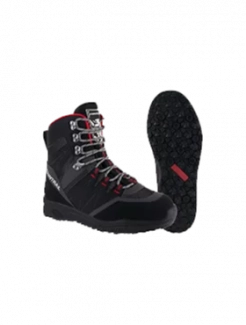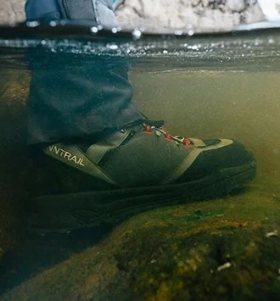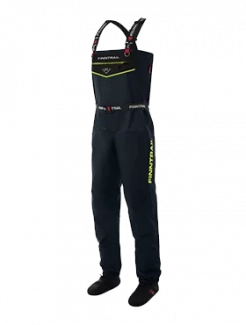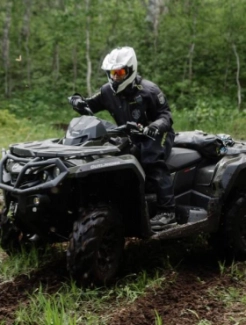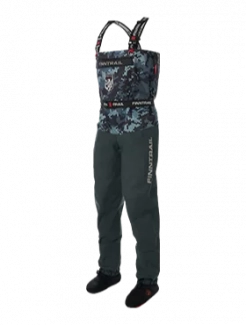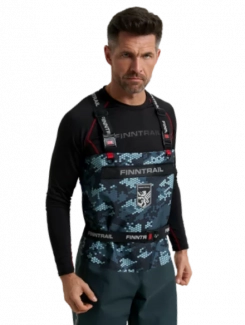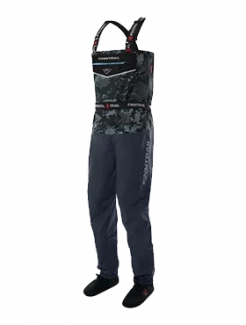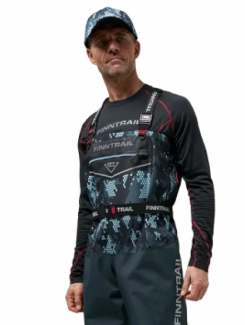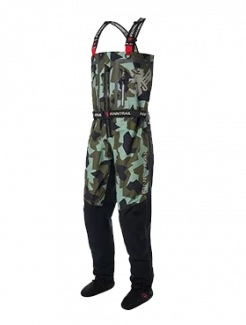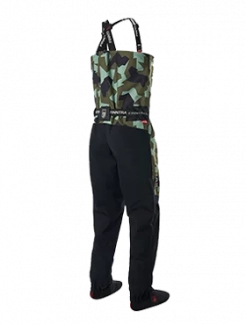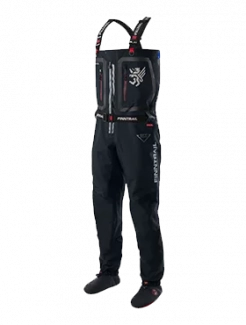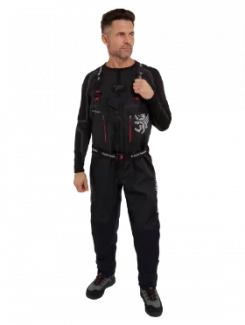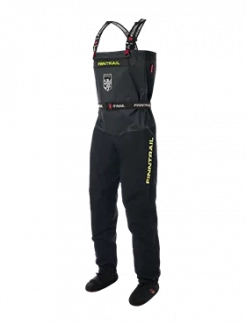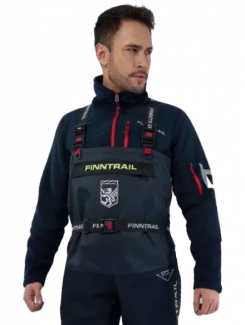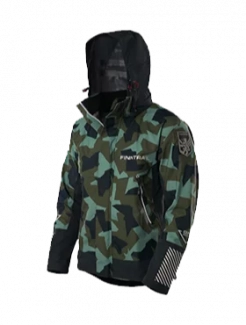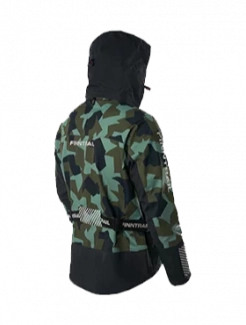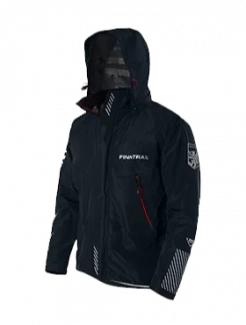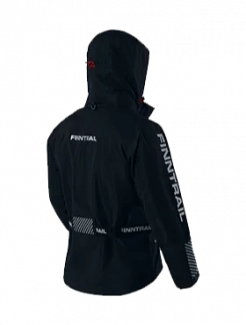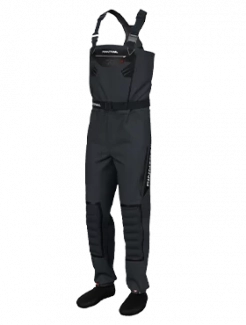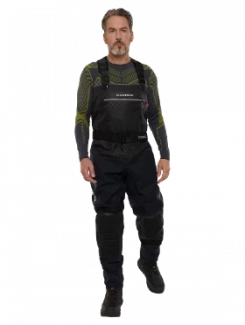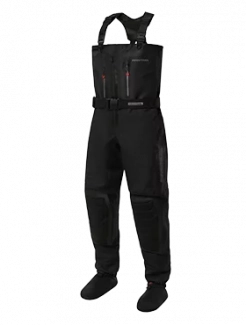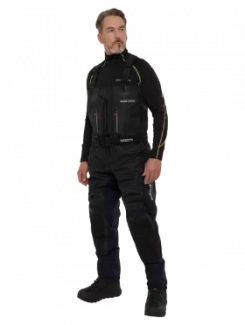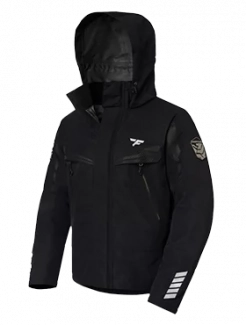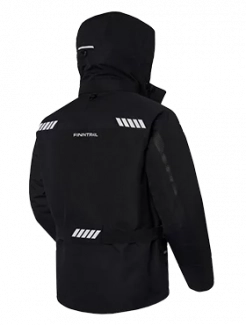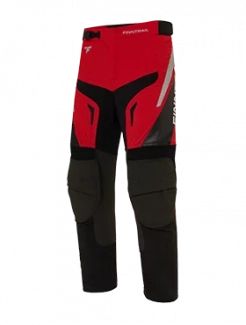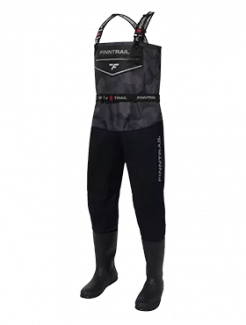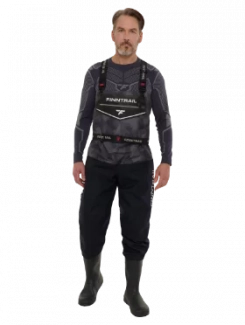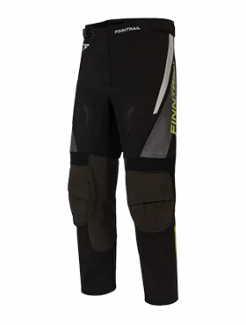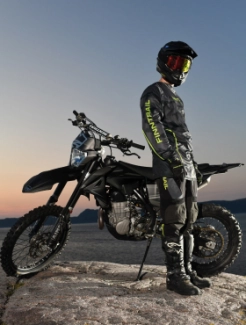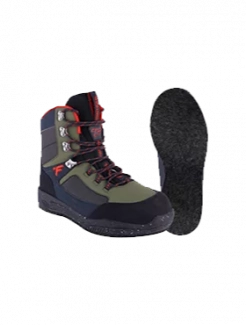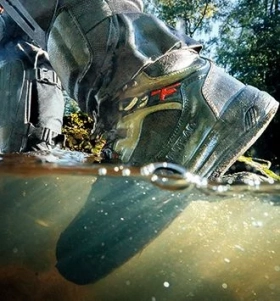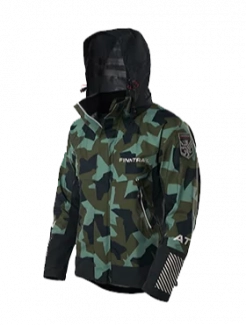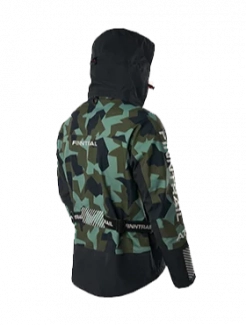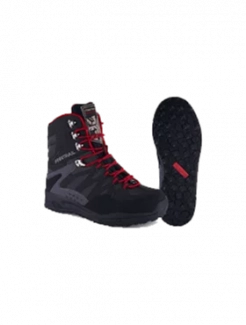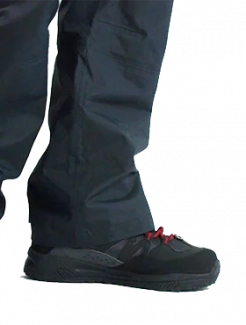Beyond the Basecamp: Versatile Apparel for the Open Road
When your journey stretches from the rugged trails of a remote wilderness through to a casual beer stop in town, the right gear makes all the difference. Whether you’re preparing for a two-day excursion or a multi-week expedition, your wardrobe must perform. This is where overland clothing and its many variants come into play. Whether you’re looking for overland men’s or women’s clothing, or even overland bike clothing, one thing is clear: versatility is key.
Drawing on insights from a variety of expert sources, we’ll explore how to build a practical wardrobe for every overland scenario — from basecamp to backroads.
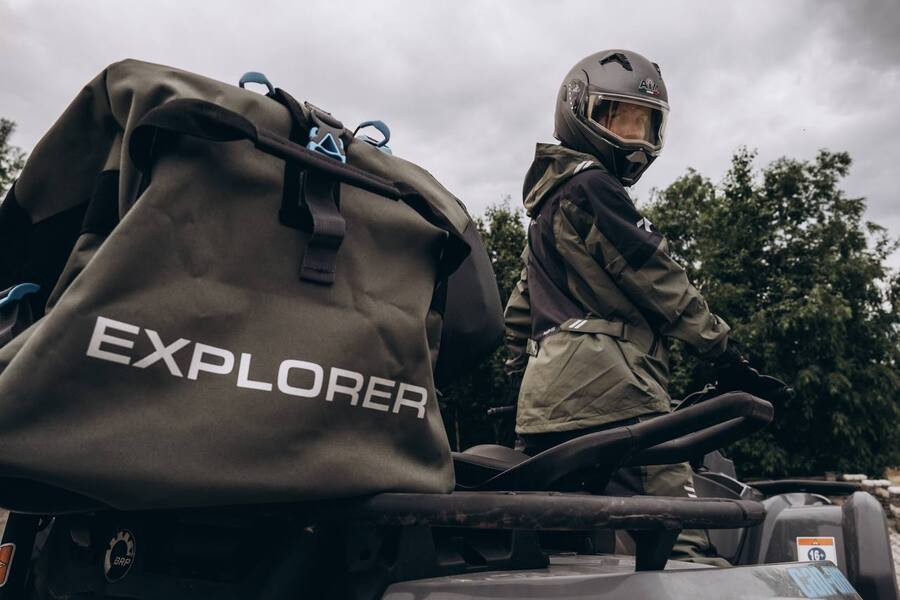
Why Overland Clothing Matters
On a typical overland trip, you’re not just hiking one trail and heading home. You might drive deep into the backcountry, set up camp, switch into hiking mode, and later roll into a small town for supplies or a meal. Overlanding often means going beyond the trail—climbing peaks, visiting friends or family along the way, or stopping by a local brewery after a long day.
Your clothing has to handle it all: dusty recoveries, muddy boots, campfire smoke, rain, snow, sun, and everyday wear in town. The most important qualities are resilience, protection from the elements, and versatility.
Gear experts also stress that clothing is one of the core essentials for any trip, with an emphasis on layering, durable materials, and adaptability to changing climates.
In short, choosing the right overland clothing allows for fewer items, smarter packing, and a better balance between performance and comfort.
Key Principles of Overland Clothing
Here’s how to think about your wardrobe as an overlander:
1. Resilience & Durability
Your gear will inevitably get dirty, scraped, smoky, and possibly wet. Clothing needs to handle constant exposure to mud, dust, and sweat. Out in the field, pants and shirts can easily snag on thorns or take a hit around the campfire, where drifting embers and smoke can wear down fabrics over time.
2. Protection from the Elements
From rain and wind to sun and snow, your clothing needs to keep you protected and comfortable in all conditions. Harsh weather and intense sunlight can wear down fabrics over time, so investing in durable, high-quality materials ensures both longevity and reliable protection from the elements. Cold-weather gear guides also emphasize the importance of jackets and effective layering systems to handle changing climates on the road.
3. Versatility
A single well-chosen piece can take you from the trail to camp and into town without missing a beat. A quality rain or insulated jacket works almost anywhere—on an adventure, at work, or running errands—making it a versatile essential. This approach means packing fewer specialized items and relying instead on multi-purpose favorites that fit seamlessly into any part of the journey.
4. Layering and Minimalism
Rather than packing one heavy jacket for every scenario, build a layering system that works for your climate and adapts. Many overlanding packing lists emphasise fewer, smarter items.
Building Your Overland Wardrobe
Here’s how to approach your selection, broken down by category — and how to adapt for men’s clothing, women’s clothing, bike-oriented overlanding, and expedition scenarios.
Base Layers and Mid Layers
Start with breathable base layers: lightweight thermals for cold weather and moisture-wicking long sleeves for sun protection or layering. These pieces form the foundation of your overlanding clothing system.
Next, add a mid-layer such as a fleece or lightly insulated jacket. For both men and women, this layer should fit comfortably under your outerwear without restricting movement. A merino wool base-layer hoodie is a prime example—light, warm, and flexible, making it ideal for activities like carrying gear or moving through snow.
Outer Layers – Shells & Insulation
Your outer layers need to shield you from rain, wind, snow, and sun. Cold-weather guides recommend everything from high-loft insulated jackets for extreme cold to lightweight, water-resistant options for day-to-day use. Choose a waterproof, breathable shell and an insulated jacket that works both on the trail and in town. This ensures your clothing is ready for both remote backcountry conditions and casual stops along the way.
Pants and Bottoms
Durable pants with stretch, reinforced seams, and plenty of pockets for gear are essential. High-quality options feature double-stitched seams and four-way stretch fabrics that allow for maximum mobility. For bike overlanding, opt for lightweight, quick-drying bottoms that provide freedom of movement without adding bulk.
Accessories & Essentials
Don’t overlook socks, hats, gloves, and gaiters—small items that can make a big difference in comfort and protection. High-quality socks, like merino wool, are especially important, providing cushioning, moisture management, and temperature regulation to keep you comfortable and healthy on the road.
Adapting for Men’s, Women’s, and Bike Overlanding
-
Overland men’s clothing: focus on ruggedness, neutral colours, and multifunction pockets.
-
Women’s overland clothing: right fit, functional design with same performance specs — stretch, durability, layering capacity.
-
Overland bike clothing: even more emphasis on mobility, ventilation, quick-dry fabrics, lighter weight, reflective/visibility features for road portions.
-
Overland expedition clothing: if you’re heading to extremes (snow, high altitude, remote locales) you’ll need the highest performance shells, insulation, weatherproof fabrics and a robust layering system.
Packing Smart
Include rain gear, sturdy walking or trail shoes, and comfortable clothing for long drives. Dressing in layers allows you to adapt to changing. Thus when you pack your overland clothes, aim for versatile items that pull double duty: trail to town, cold to warm, vehicle to hike.
Practical Tips for Choosing & Using Overland Clothing
-
Buy quality over quantity: it’s better to have a few excellent pieces than many mediocre ones.
-
Stick to neutral, versatile colours: greens, greys, tans — suitable for trail and town.
-
Check for technical features: seam reinforcement, waterproof/breathable shells, stretch fabrics, UPF sun protection.
-
Test mobility: can you climb, crawl, crouch in them?
-
Layering matters: even in summer nights can be chilly, or early mornings cold. A layering system ensures comfort.
-
Pack for variability: from the guide on cold-weather jackets — jackets ranged from high-loft for extreme cold to lightweight for day-use.
-
Look for multi-purpose design: clothing that works at the campfire, on a ridge hike, in town. Flannel or collared shirts can go from camp to dinner.
-
Mind the small things: socks, hats, base layers — often overlooked but essential.
-
For bike overlanding: consider weight, packability, quick-dry fabrics, and reflective details for road sections.
From Trail to Town: Handling the Transition
One of the key aspects of overlanding is that your journey takes you from remote wilderness to small towns, cafés, breweries, or lodging stops. Your clothing should reflect this dual purpose: durable enough for the trail, yet casual enough for town. Versatile pieces that transition seamlessly from rugged terrain to everyday settings are essential for a comfortable and practical experience.
What does that look like? Examples:
-
A technical shell jacket with a streamlined design; you wear it through the trail and then into town without looking out-of-place.
-
A pair of durable pants (like the described Delta Stretch) that work for trail recovery and dinner in town.
-
A mid layer with a decent cut and colour so it doesn’t scream ‘camp only’.
-
Base layers that double as layering or lounge gear.
Conclusion
Whether you’re gearing up for day-drives through the woods or week-long forays into remote terrain, the clothing you wear matters. From overland cloth designed for beating trails, to women’s clothing tailored for comfort and performance, to bike clothing built for mobility and weather-variability — the right system makes the adventure smoother.
Remember: resilience, protection, versatility and smart layering are the backbone of a wardrobe that works from basecamp to backroads.
So pack smart, choose well, and you’ll be ready for whatever the road — or back-road — throws at you.

